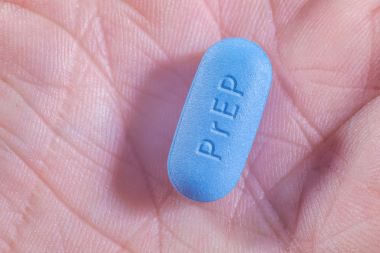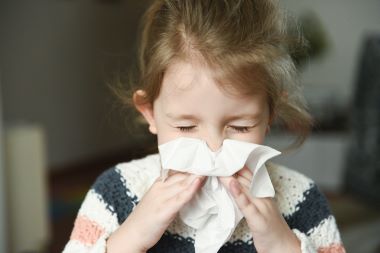While acknowledging that traditional primary care settings, including pediatric practices, remain “the foundation of pediatric care,” a new study published in JAMA Pediatrics reveals that a growing number of parents in the U.S. are choosing urgent care and other acute care settings instead of their pediatrician’s office when their children are sick. After looking at more than 71 million pediatric primary care visits by commercially insured children between 2008 and 2016, the researchers reported that …
Read More









